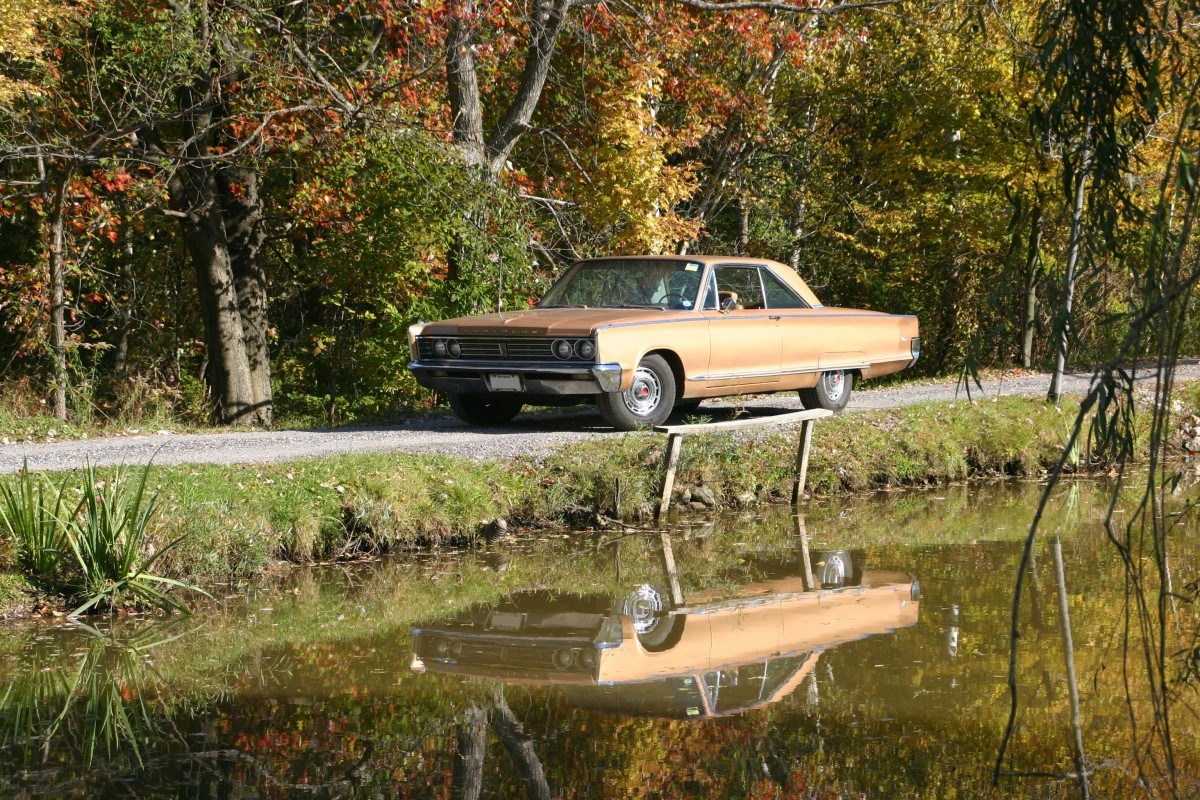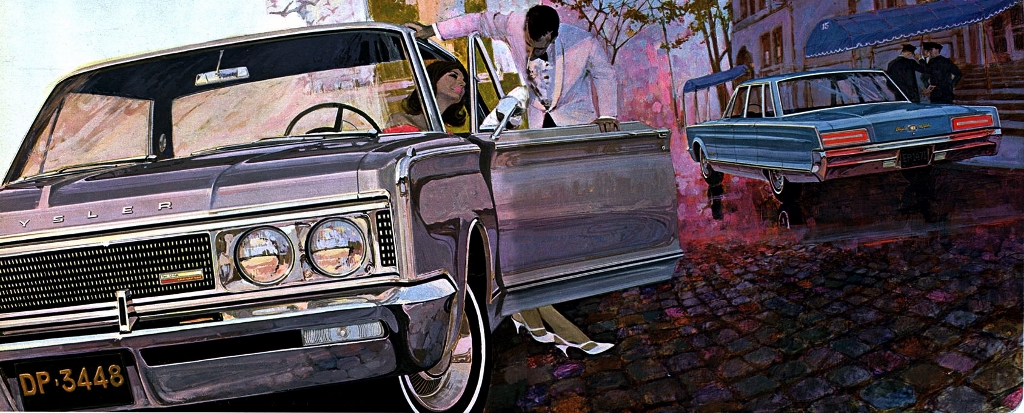
ED: Another post by my friend up north, Mike Batch Kirouac! This car was recently completed. Maybe we can get him to do a new post on it. -TK In 1966, the Chrysler Windsor was the Canadian-built equivalent of the Newport model in the US. Unsurprisingly, Windsors were built in the Windsor, Ontario plant. Unlike…






